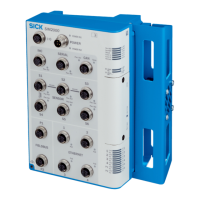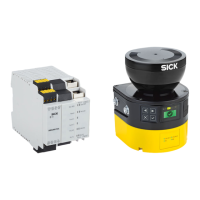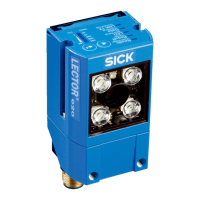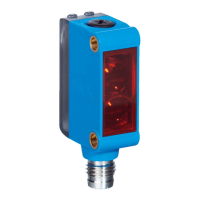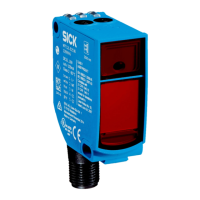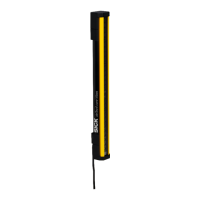3. Compare whether there is enough time available for switching between monitoring
c
ases:
°
If t
CSA
≥ t
CSR
: No earlier start of the switching process necessary.
°
If t
CSA
< t
CSR
: switching between monitoring cases must start earlier. Required
time advance t
CSP
: t
CSP
= t
CSR
– t
CSA
Complementary information
In some c
ases, it is not possible to define when to switch (for example because
processing times of the machine vary) or the time advance means that the monitoring
of an area finishes too early.
Remedial measures:
•
Allow both protective fields to partially overlap.
•
Temporarily monitor both hazardous areas simultaneously.
Further topics
•
"In
put delay", page 74
•
"Control inputs", page 41
4.3.8 Approach direction
Overview
A per
son can approach the protective field orthogonally or parallel to the optical axis.
The calculation of the minimum distances differs depending on the approach direction.
Orthogonal approach to the optical axis
W
hen approaching orthogonally to the optical axis, a person approaches the protective
field from the side.
Figure 16: Orthogonal approach to the optical axis, example 1
PROJECT PLANNING 4
8025919/1I9E/2023-01-09 | SICK O P E R A T I N G I N S T R U C T I O N S | safeVisionary2
27
Subject to change without notice
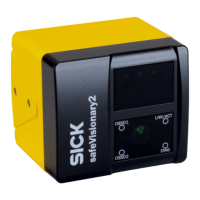
